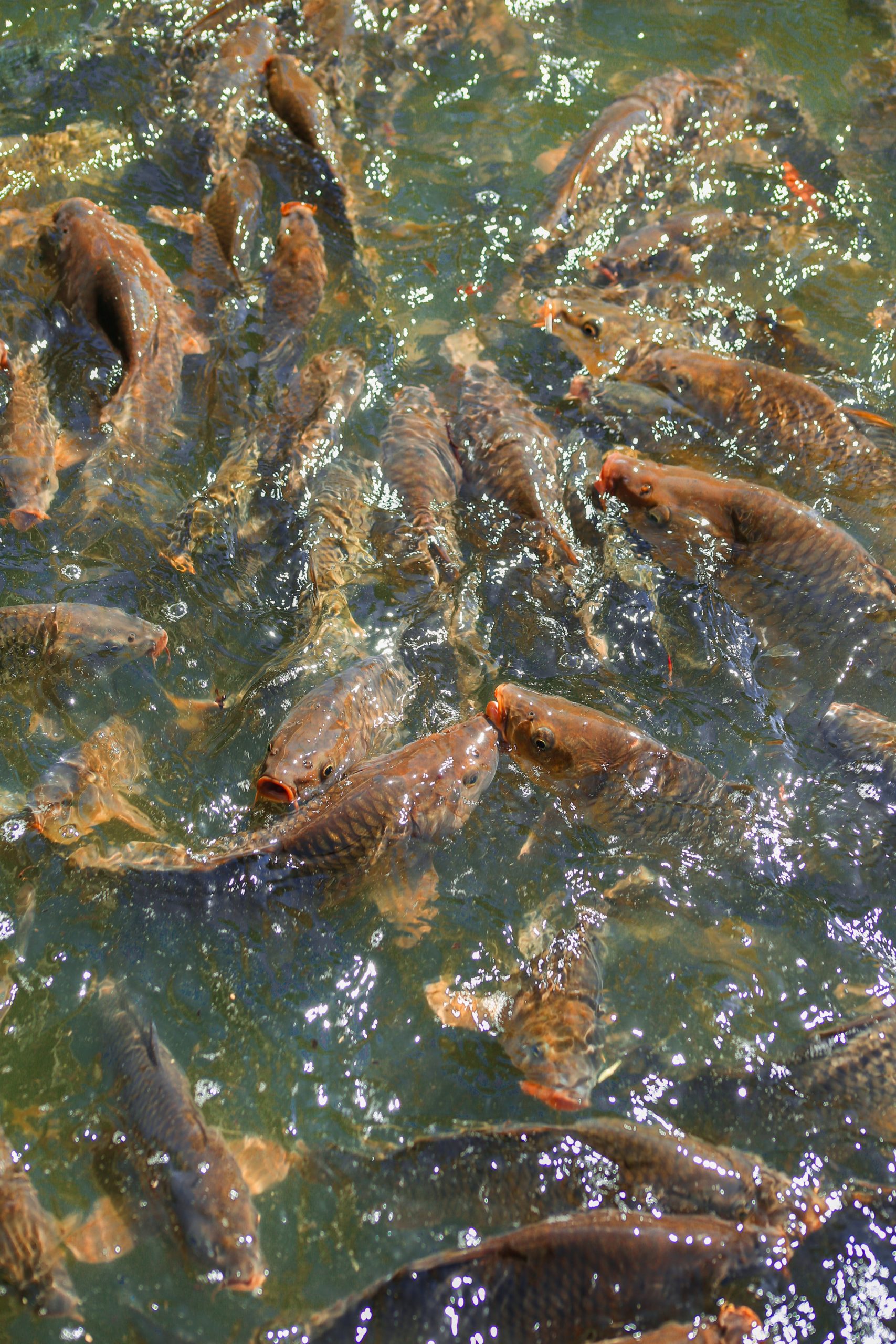Poisonous Fish Roe
poisonous fish roe
Poisonous Fish Roe, Symptoms, Antidote, Types
What is Poisonous Fish Roe
- Cabezon (Scorpaenichthys marmoratus)
The cabezon is a fish found in the northern Pacific Ocean. Its roe is highly toxic to humans and can cause a variety of symptoms, including nausea, vomiting, diarrhea, abdominal pain, headache, dizziness, and weakness. In severe cases, cabezon roe poisoning can lead to death.
- Stichaeus (Stichaeus punctatus)
The stichaeus is a fish found in the North Atlantic and North Pacific Oceans. Its roe is also highly toxic to humans and can cause similar symptoms to cabezon roe poisoning.
- Schizothorax (Schizothorax intermedius)
The schizothorax is a fish found in Central Asia. Its roe is also poisonous to humans and can cause a variety of symptoms, including nausea, vomiting, diarrhea, abdominal pain, headache, dizziness, and weakness.
It is important to note that cooking does not necessarily destroy the toxins in fish roe. In fact, the toxins in some fish roe are heat-stable and can remain toxic even after cooking.
If you are unsure whether a particular fish roe is safe to eat, it is best to err on the side of caution and avoid it.
Fish roe, also known as fish eggs, is a delicacy in many cuisines around the world. From sushi to caviar, fish roe is enjoyed for its unique texture and rich, briny flavor. However, not all fish roe is safe for consumption, as some species contain toxins that can be harmful or even fatal to humans. In this article, we will discuss the different types of poisonous fish roe, their symptoms, and how to prevent and treat poisonings.
Poisonous Fish Roe Symptoms
The symptoms of fish roe poisoning will depend on the specific toxin involved and the amount ingested. However, in most cases, symptoms will begin within hours of consumption, and can include:
1. Nausea and vomiting
2. Diarrhea
3. Abdominal pain
4. Dizziness and headache
5. Difficulty breathing
6. Muscle weakness and paralysis
7. Seizures
8. Irregular heartbeat
9. Coma and death
If you suspect that you or someone you know has consumed poisonous fish roe, it’s essential to seek medical attention immediately. The symptoms of fish roe poisoning can progress quickly and may be life-threatening.
Poisonous Fish Roe Antidote
There is no specific antidote for fish roe poisoning. However, when treated early, the symptoms can often be managed with supportive care. Treatment will primarily focus on the management of symptoms, which may include:
1. Intravenous fluids to maintain hydration
2. Medications to control nausea and vomiting
3. Pain relief for abdominal pain
4. Oxygen therapy for difficulty breathing
5. Anticonvulsant medications for seizures
6. Cardiac monitoring for irregular heartbeat
In some cases, where the toxin has not been fully absorbed, gastric lavage may be performed to remove any remaining toxin from the stomach.
It’s essential to note that not all medical facilities will have experience with fish roe poisoning, so it’s crucial to provide as much information as possible about the type of fish roe consumed, the symptoms experienced, and the time of consumption.
Poisonous Fish Roe Types
While many species of fish roe are safe to consume, there are several types that are known to cause toxic reactions. These poisonous fish roe types include:
1. Fugu (pufferfish): The roe of the pufferfish is highly toxic, containing tetrodotoxin, a potent neurotoxin. Pufferfish roe has been responsible for numerous fatalities, particularly in Japan, where the dish is a delicacy. Preparing fugu and its roe requires specialized training to remove the toxic parts safely.
2. Ciguatera-containing fish roe: Some tropical fish species accumulate toxins in their flesh and roe through their diet. These toxins, called ciguatoxins, cause ciguatera fish poisoning, which can result in gastrointestinal, neurological, and cardiovascular symptoms.
3. Codfish roe: While not inherently toxic, codfish roe can become poisonous if it is not processed correctly. Histamine, a compound with potentially toxic consequences, can form in spoiled or mishandled roe.
Poisonous Fish That Looks Like a Rock
The stonefish is an example of a fish that resembles a rock and is also one of the most venomous fish in the world. Stonefish venom is not found in its roe but rather in the spines on its dorsal fin. Accidentally stepping on or handling this fish can result in a painful, and potentially lethal, sting.
Poisonous Fish Roe Caviar
While most types of caviar are safe for consumption, certain types, such as fugu roe, can be highly toxic. In general, it’s essential to know the source of the caviar you are consuming, and always purchase from reputable suppliers.
Consumption of improperly processed or spoiled caviar may also result in scombroid poisoning (histamine poisoning), which can cause symptoms such as flushing, headache, and gastrointestinal distress.
Conclusion
While many types of fish roe are enjoyed globally as a culinary delicacy, it’s important to be aware of the potential risks associated with consuming poisonous fish eggs. To minimize your risk of poisoning, only consume fish roe from reputable sources, with careful attention to the species and origin of the roe.
Frequently Asked Questions
1. Are all fish roe poisonous?
No, many fish roe types are safe to consume. The risk of poisoning is mainly associated with certain species, such as pufferfish.
2. Can you avoid fish roe poisoning by cooking the eggs?
No, cooking the fish eggs will not necessarily neutralize the toxins. Avoiding consumption of the poisonous species is the best prevention.
3. How can I tell if the fish roe is safe to eat?
Always purchase fish roe from a reputable source and ask about the species and origin of the roe. If you are uncertain about the safety of the fish roe, it is best to avoid consumption.

No responses yet